Related compounds Molar mass 11.03 g/mol Density 650 kg/m³ | Formula BeH2 Melting point 250 °C Appearance amorphous white solid | |
 | ||
Beryllium hydride beh2 lewis dot structure
Beryllium hydride (systematically named beryllium dihydride) is an inorganic compound with the chemical formula (BeH
2)n (also written ([BeH
2])n or BeH
2). This alkaline earth hydride is a colourless solid that is insoluble in solvents that do not decompose it. Unlike the ionically bonded hydrides of the heavier Group 2 elements, beryllium hydride is covalently bonded (three-center two-electron bond).
Contents
- Beryllium hydride beh2 lewis dot structure
- Lewis dot structure of beh2 beryllium hydride
- Synthesis
- Structure
- Reaction with water and acids
- Reaction with Lewis bases
- Dihydridoberyllium
- Chemical properties
- References
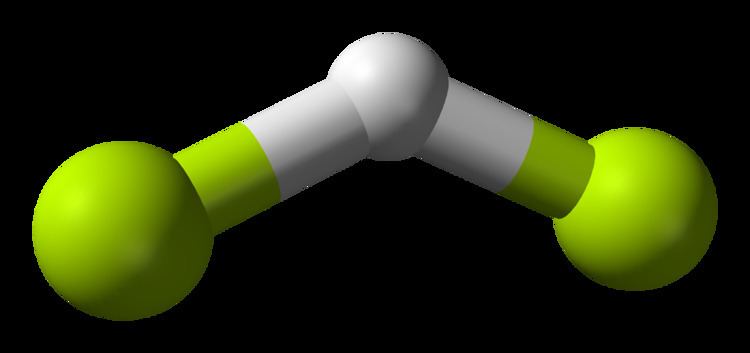
Lewis dot structure of beh2 beryllium hydride
Synthesis
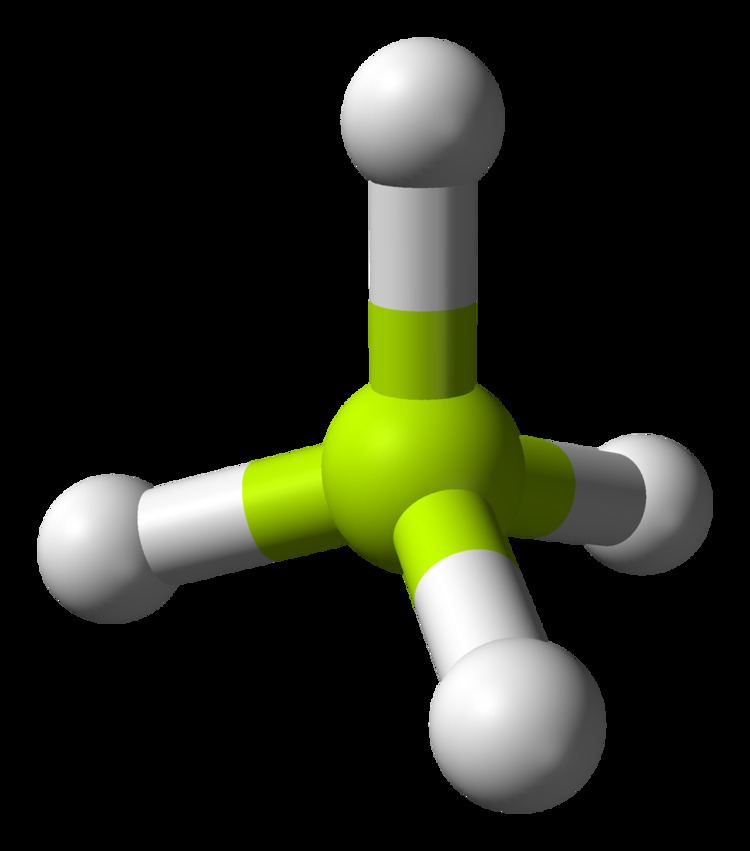
Unlike the other group 2 metals, beryllium does not react with hydrogen. Instead, BeH2 is prepared from preformed beryllium(II) compounds. It was first synthesised in 1951 by treating dimethylberyllium, Be(CH3)2, with lithium aluminium hydride, LiAlH4.
Purer BeH2 forms from the pyrolysis of di-tert-butylberyllium, Be(C(CH3)3)2 at 210 °C.
A route to highly pure samples involve the reaction of triphenylphosphine, PPh3, with beryllium borohydride, Be(BH4)2:
Be(BH4)2 + 2 PPh3 → 2 Ph3PBH3 + BeH2Structure
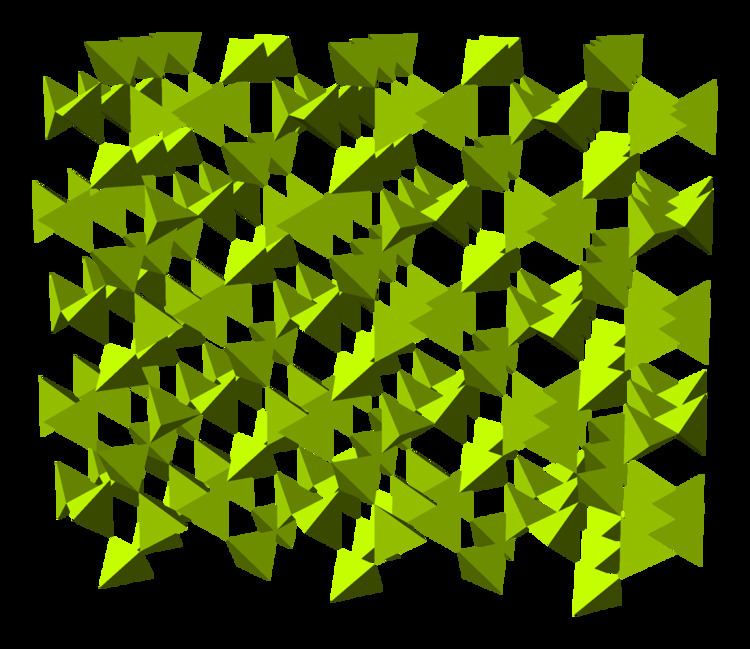
BeH2 is usually formed as an amorphous white solid, but a hexagonal crystalline form with a higher Density (~0.78 g cm−3) was reported, prepared by heating amorphous BeH2 under pressure, with 0.5-2.5% LiH as a catalyst.
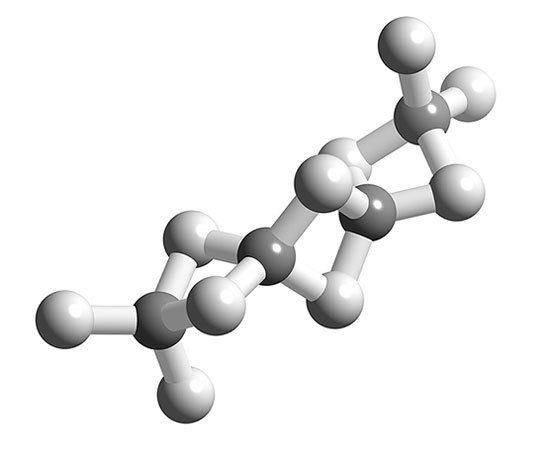
A more recent investigation found that crystalline beryllium hydride has a body-centred orthorhombic unit cell, containing a network of corner-sharing BeH4 tetrahedra, in contrast to the flat, hydrogen-bridged, infinite chains previously thought to exist in crystalline BeH2.
Studies of the amorphous form also find that it consists of a network of corner shared tetrahedra.
Reaction with water and acids
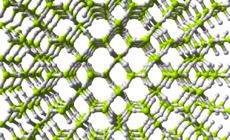
Beryllium hydride reacts slowly with water but is rapidly hydrolysed by acid such as hydrogen chloride to form beryllium chloride.
Reaction with Lewis bases
Beryllium hydride reacts with trimethylamine, N(CH3)3 to form a dimeric aduct, with bridging hydrides. However, with dimethylamine, HN(CH3)2 it forms a trimeric beryllium diamide, [Be(N(CH3)2)2]3 and hydrogen. The reaction with lithium hydride where the hydride ion is the Lewis base, forms sequentially LiBeH3 and Li2BeH4.
Dihydridoberyllium
Dihydridoberyllium is a related compound with the Chemical formula BeH
2 (also written [BeH
2]). It is a gas that cannot persist undiluted. Unsolvated dihydridoberyllium will spontaneously autopolymerise to oligomers. Free molecular BeH2 produced by electrical discharge at high temperature has been confirmed as linear with a Be-H bond length of 133.376 pm. Its hybridisation is sp.
Chemical properties
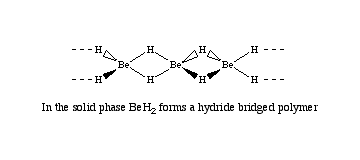
In theory, the two-coordinate hydridoberyllium group (-BeH) in hydridoberylliums such as dihydridoberyllium can accept an electron-pair donating ligand into the molecule by adduction:
[BeH2] + L → [BeH
2L]
Because of this acceptance of the electron-pair donating ligand (L), dihydridoberyllium has Lewis-acidic-acidic character. Dihydridoberyllium can accept four two electron-pairs from ligands, as in the case of the tetrahydridoberyllate(2-) anion (BeH2−
4).
